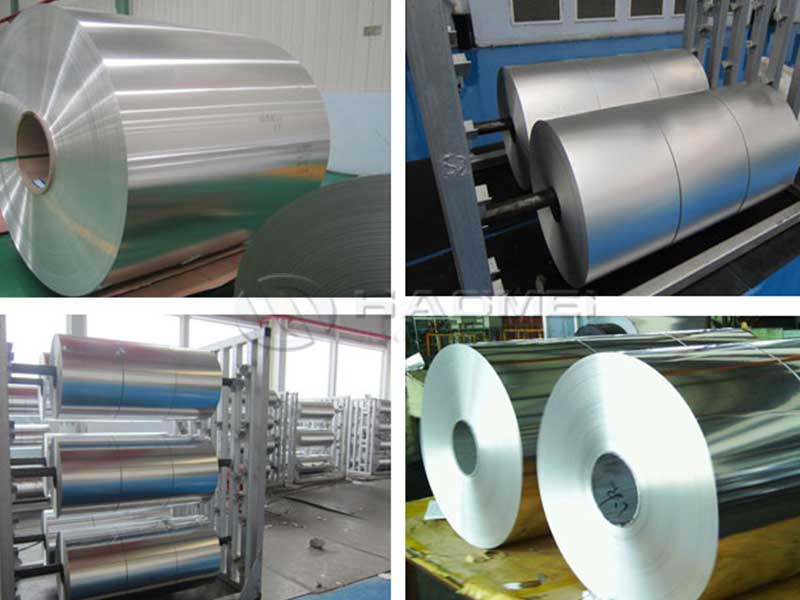Aluminum foil is a remarkable material that has found numerous applications across various industries. One of its most critical uses is in transformer winding, where it plays a vital role in enhancing the efficiency and performance of electrical transformers.
Understanding Transformer Operation
Transformers are electrical devices that transfer electrical energy between two or more circuits through electromagnetic induction. They play a crucial role in the transmission and distribution of electricity. The winding is a critical component of a transformer, consisting of conductive materials that enable the efficient transfer of electrical energy while minimizing losses.
Why Choose Aluminum Foil for Transformer Windings?
1. Superior Conductivity
Aluminum foil boasts excellent electrical conductivity, which is essential for transformer windings. This conductivity allows for efficient current flow, reducing ohmic losses in the process. Compared to other materials like copper, aluminum provides a balance between conductivity and weight, making it an attractive choice for transformer manufacturers.
2. Lightweight
One of the significant advantages of aluminum foil is its lightweight nature. Compared to copper or other metallic winding materials, aluminum significantly reduces the overall weight of transformers. This attribute is particularly beneficial in applications where space and weight are critical factors, such as in overhead power lines or portable transformers.
3. Cost-Effectiveness
Aluminum is generally more cost-effective than copper, making aluminum foil a desirable option for transformer winding. With rising raw material costs, using aluminum in transformer design can lead to substantial savings while maintaining performance standards.
4. Corrosion Resistance
Aluminum naturally forms a protective oxide layer, making it highly resistant to corrosion. This property is particularly important in transformer applications where reliable long-term performance is critical. By using aluminum foil for windings, manufacturers can ensure longevity and reduce maintenance costs over time.
5. Improved Thermal Performance
Efficient heat dissipation is crucial for the proper functioning of transformers. Aluminum foil disperses heat effectively, helping to maintain optimal operating conditions and prevent overheating. This characteristic leads to enhanced reliability and extended service life for transformers.
6. Excellent Formability
Aluminum foil can be easily manufactured into thin and flexible sheets, making it suitable for winding intricate transformer designs. This ability to be finely tuned ensures that manufacturers can create transformers that meet specific design constraints while optimizing electrical performance.
Applications of Aluminum Foil in Transformers
Aluminum foil for transformer winding is widely utilized in a variety of applications, including:
- Utility Transformers: Found in electrical grids, these transformers rely on aluminum foil to ensure efficient power distribution while keeping costs down.
- Industrial Transformers: Aluminum foil is perfect for heavy-duty industrial applications where durability and efficiency are paramount.
- Renewable Energy Systems: With the rise of solar and wind energy, aluminum foil is increasingly being integrated into transformers in these alternative energy sectors due to its lightweight and cost advantages.













